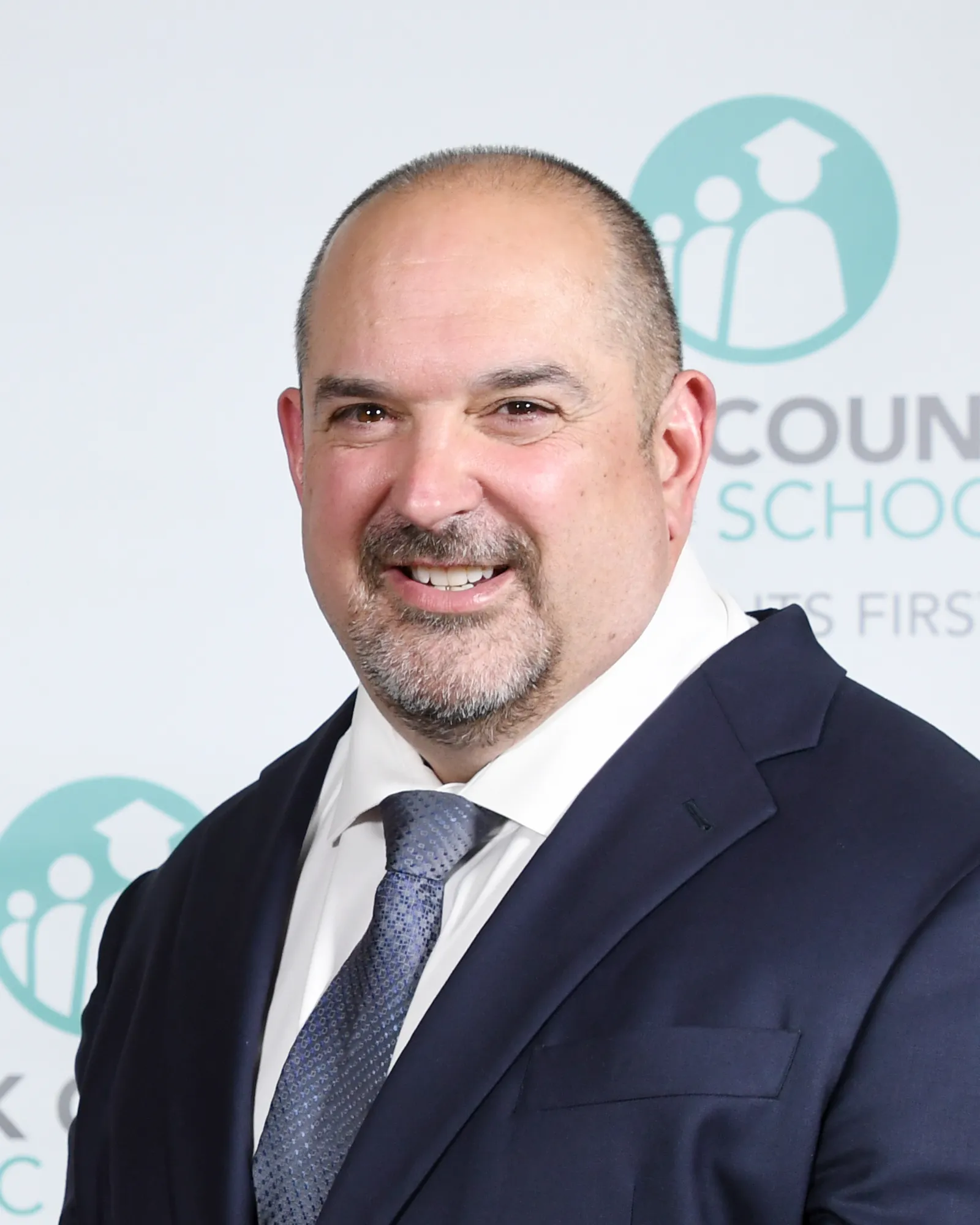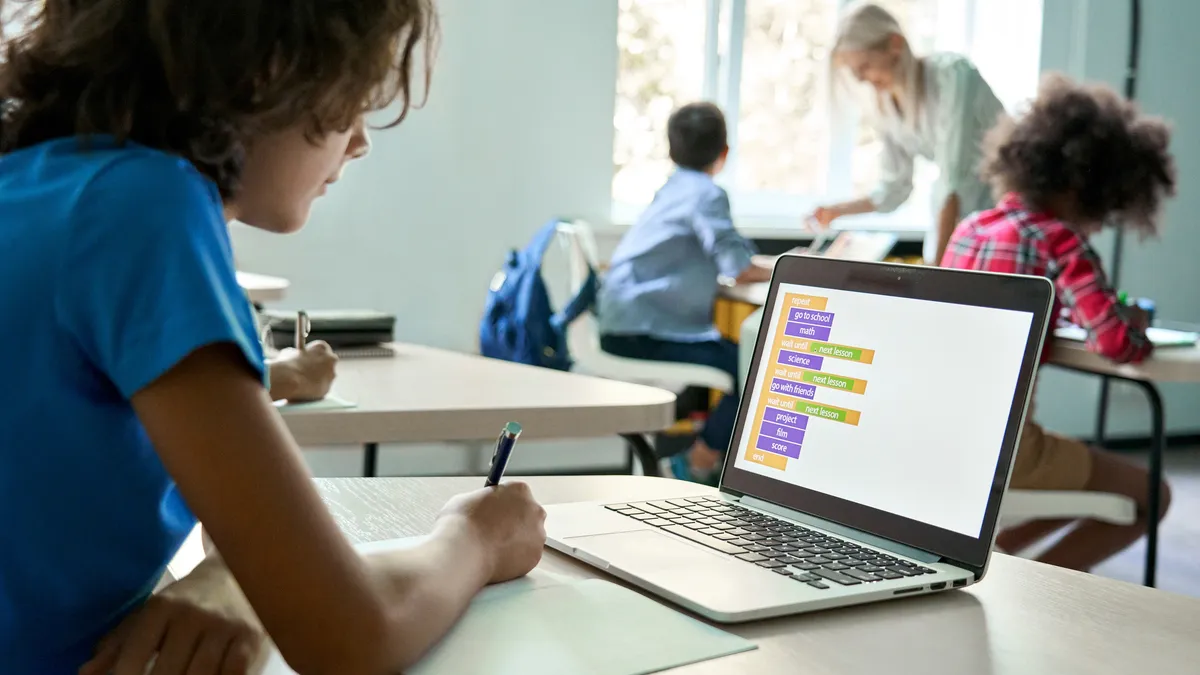Dive Brief:
- Florida's Polk County Public Schools is hoping to elevate students' academic progress through a tutoring program that allows classroom teachers to schedule personalized and synchronous support for students during class time, said Superintendent Frederick Heid.
- The online student tutoring support, which is planned for a spring launch, is also expected to help boost teacher recruitment and retention by giving classroom educators assistance in differentiating instruction to a variety of learners, Heid said.
- High-quality tutoring has become a popular and effective strategy in schools to help students recover from pandemic-related learning losses. Researchers have found the most successful programs offer students support during school hours, are conducted in 1-to-1 and small groups settings, and have well-trained and supervised tutors.
Dive Insight:
The plan in Polk County schools is to implement the program in 42 to 50 elementary schools that have shown the greatest need for academic supports. The service, which is planned for this school year and next, is expected to reach about 40,000 students, said Heid.
The district is using $4.2 million from federal Elementary and Secondary School Emergency Relief II funding for the program to run both school years. The majority of the funds will be spent next year since it will only run for part of this school year, Heid said.
The superintendent said the district specifically sought real-time classroom learning assistance targeting the academic skills individual students need help with. Under the program, teachers can schedule online tutors to work synchronously with different students during class on specific skills identified by the classroom teacher. Tutoring will be available in multiple languages.
"So when those students connect, that tutor basically becomes almost like a co-teacher in the classroom," Heid said. "That's the most impressive part of the whole thing, quite frankly.

He said teacher shortages and budget constraints make it difficult to hire regular co-teachers for classrooms at the chosen schools. Heid added that while his teacher vacancy rate, at 105, is below the nearly 300 vacancies this time last year, the district has 5,000 more students than last year. The higher enrollment adds to the demand for more personalized learning for students.
As the district considered contracting with a tutoring service, it got input from the local teachers' union — a vital step in the process, he said.
The district's teachers who will participate in the program will undergo nine to 10 weeks of professional development, which should begin shortly.
Heid, a former middle school principal and bureau chief for school improvement and leader of Florida’s Differentiated Accountability project at the Florida Department of Education, said he and other educators in the district will be watching students' progress closely to determine the return on investment from the tutoring program. District leaders will also be measuring student engagement, attendance, behavior and teacher satisfaction.
The program comes from Varsity Tutors, a for-profit business of Nerdy Inc., which has partnered with more than 200 school districts since launching its school division last school year. Most of these offerings consist of high-dosage tutoring that is delivered live and face-to-face online.
Polk is the first district to launch with Varsity's Teacher-Assisted Tutoring program, according to Brian Nelson, Varsity Tutors spokesperson, in an email.
Elsewhere, school systems have also sought tutoring help from outside the school building to supplement instruction and student supports from classroom teachers.
In Michigan, for example, Gov. Gretchen Whitmer is expected this week to request funding for a massive statewide tutoring effort that was first announced last year and estimated at $280 million with other learning supports, according to several news outlets.
New Mexico students in Title I and tribal schools — or about 178,500 students — will have 1-to-1 virtual tutoring help during, before and after school through a $3.3 million contract with Paper Education, Inc., another tutoring company. A separate program, the New Mexico Math Tutoring Corps, in partnership with tutoring firm Saga Education, will offer 524 Algebra I students virtual tutoring services in the state.
Nationally, schools are projected to use $3 billion in ESSER III, or American Rescue Plan, funding for student tutoring, according to an analysis last year by FutureEd using figures from data services firm Burbio's review of spending plans in 5,004 districts.
U.S. Education Secretary Miguel Cardona, in a speech last year, promoted the goal of offering tutoring 30 minutes per day, three times a week, to each student who lost ground during the pandemic.
The U.S. Department of Education set a goal of recruiting 250,000 tutors, mentors and coaches to work in schools.
The National Partnership for Student Success expects to issue guidance early this year that would help principals find and partner with providers for student supports, according to an article by Kate Cochran, the nonprofit's managing director, on theNational Association of Secondary School Principals' website.













